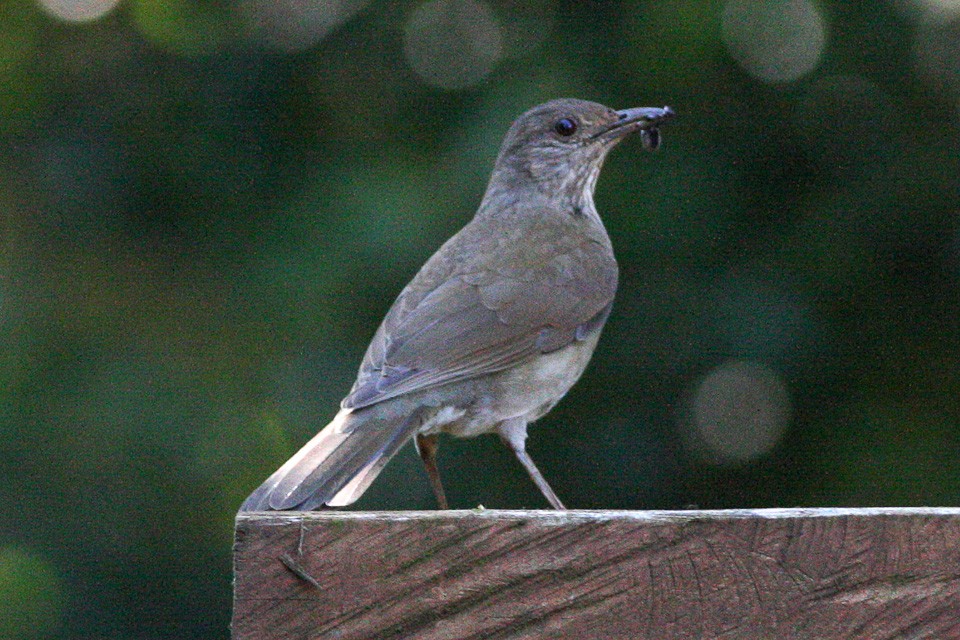Pale-breasted Thrush
A species of True thrushes Scientific name : Turdus leucomelas Genus : True thrushes
Pale-breasted Thrush, A species of True thrushes
Botanical name: Turdus leucomelas
Genus: True thrushes
Content
Description General Info
Description
The pale-breasted thrush (Turdus leucomelas) is a species of bird in the family Turdidae. It is found in a wide range of wooded habitats in eastern and northern South America, from Colombia to Uruguay, with localized population in the west. This bird seems to have adapted to humans and is very common in human inhabited parts of its range, often nesting in garden shrubs and small trees. In Suriname it is locally known as "Boontjedief," which means "bean thief" in Suriname Dutch, presumably based on its habit of picking off legumes left out to dry in the sun. In proper Dutch it is called "Vaalborstlijster." It is also known as "Bonka" in Sranan tongo. In appearance it is similar to the American robin in size and shape, but it lacks the red chest and is more uniformly brown. Its song and feeding habits are also very similar to its distant cousin. In most of its range, it is more likely to be confused with the creamy-bellied thrush. Unlike the creamy-bellied thrush, the pale-breasted thrush has a clear contrast between the head and mantle, and it lacks blackish lores. It eats mostly fruits, but also worms, insects and lizards. 
Size
27 cm
Nest Placement
Tree
Feeding Habits
Pale-breasted Thrush primarily consumes fruit like Loranthaceae and Capsicum, adding animal matter such as insects and small lizards occasionally. Feeding behavior includes foraging on terrestrial settings and visiting fruiting vegetation, often exploiting fallen fruits like avocados and tangerines.
Habitat
The pale-breasted Thrush primarily inhabits tropical and subtropical environments, thriving at forest edges and in open or deciduous woodlands. They are also common in disturbed or secondary growth areas, savannas with bushes, gallery woodlands, and palm groves. Human-modified landscapes such as shade coffee plantations, cultivated lands, parks, and gardens with abundant shrubbery also provide suitable habitats for pale-breasted Thrush.
Dite type
Omnivorous
General Info
Feeding Habits
Bird food type
Species Status
Not globally threatened.
Scientific Classification
Phylum
Chordates Class
Birds Order
Perching birds Family
Thrushes Genus
True thrushes Species
Pale-breasted Thrush 